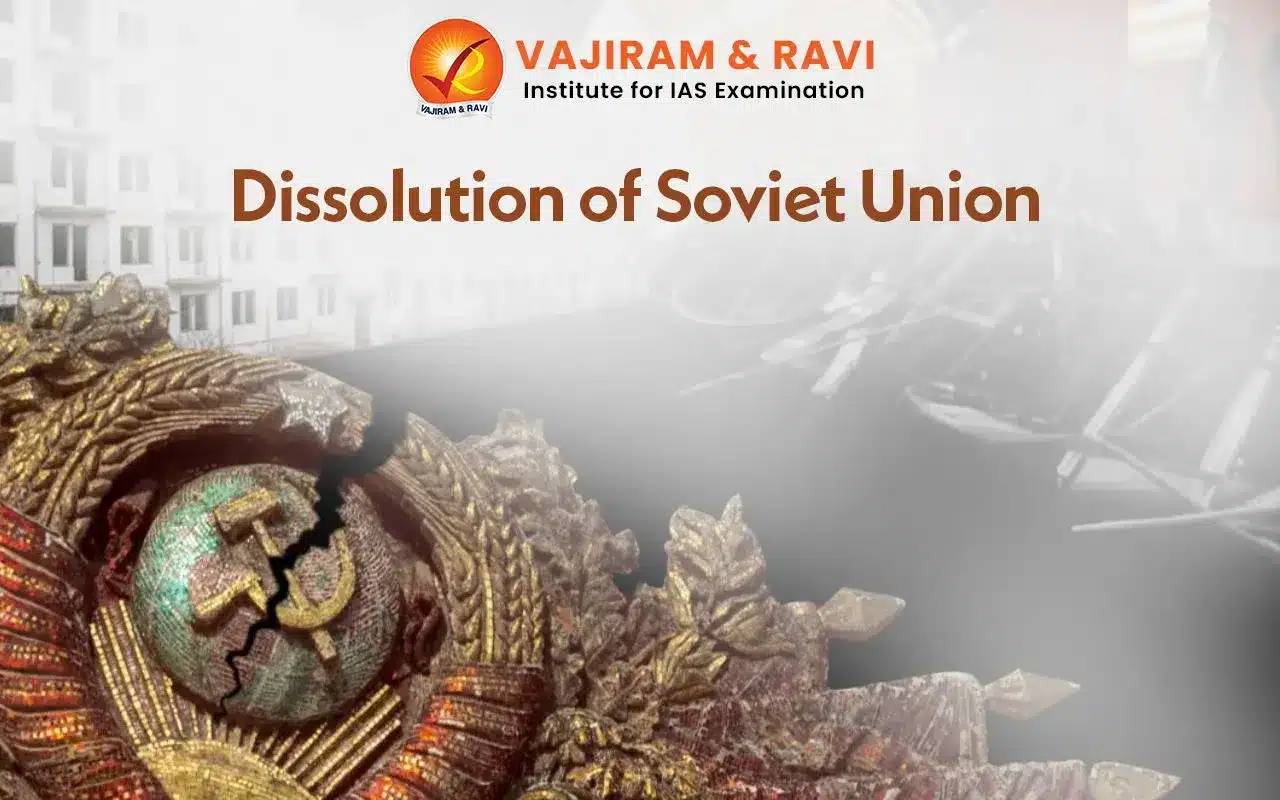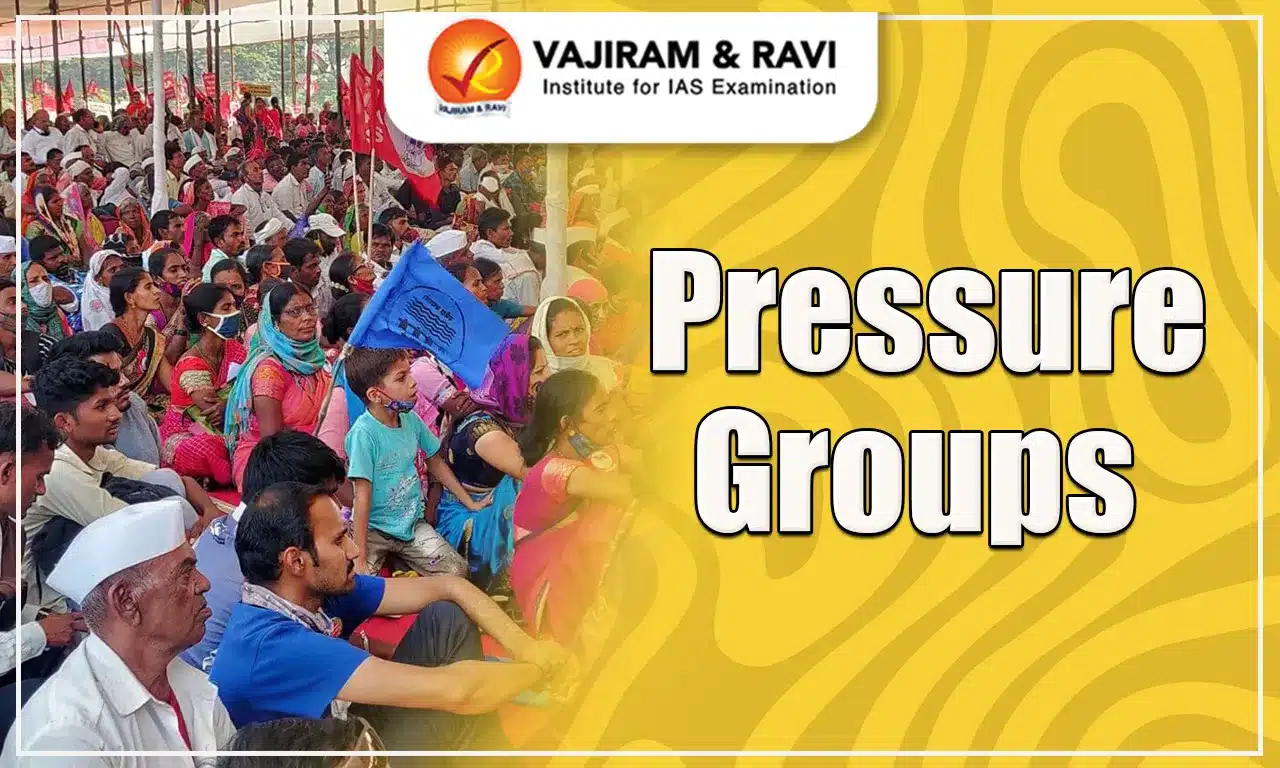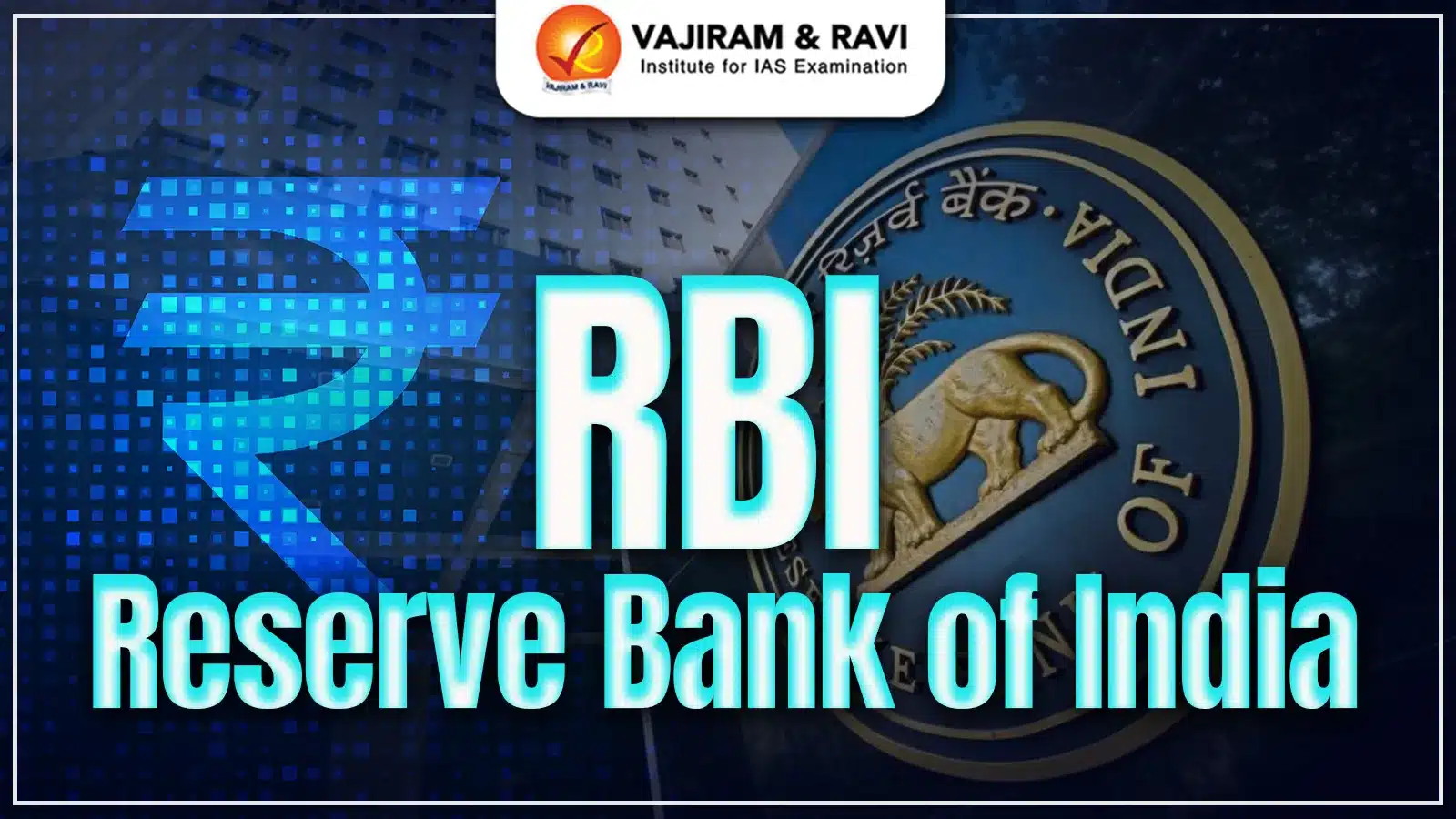The Union of Soviet Socialist Republics (USSR), which was created in 1922 after the socialist revolution in Russia, was a confederation of 15 republics under the leadership of Russia. It was disintegrated into smaller units in 1991, mainly due to Mikhael Gorbvachev’s economic and political reforms. This led to the end of the Cold War between the two superpowers, the USA and the USSR. The dissolution of the Soviet Union is marked by events like the fall of the Berlin Wall and the power shift from the Soviet centre to the republics.
With the collapse of the USSR, the United States became the single global power, putting an end to the world's bipolarity.
Establishment of USSR
The Bolshevik Revolution of 1917 succeeded in overthrowing the Empire in Russia, Russia witnessed a series of civil wars and then the USSR was formed in 1922.
- Foundation: Initially, the Soviet Union in 1922 had six member states — Russia, Ukraine, Belarus, Azerbaijan, Armenia, and Georgia.
- And by 1940, the number of member states increased to 15 expanding its influence into Central Asia and Baltic states.
- Following its victory in the Second World War, the USSR emerged as a strong global power till the mid-1980s.
- For about 70 years the Soviet Union was the major power of the world. However, for various reasons, the collapse of the Soviet Union started in the late 1980s.
Socialist Bloc
After the Second World War, the central and eastern European countries that the Soviet army had liberated from the fascist forces (German forces) came under the control of the USSR. These countries were also called Soviet satellite states.
- Seven Soviet satellite states: Albania, Bulgaria, Czechoslovakia, East Germany, Hungary, Poland and Romania.
- Following the Second World War, Germany was divided between the socialist USSR and the capitalist Western powers.
- The political and economic systems of all of these countries were based on the Soviet Union.
- Warsaw Pact: The Warsaw Pact, also known as the Treaty of Friendship, Co-operation and Mutual Assistance, was created on 14 May 1955 when the USSR and the seven Soviet satellite states signed the defence treaty.
- Albania withdrew in 1968.
- The countries of the Warsaw Pact together formed the ' Socialist Bloc' or ‘Eastern Bloc’ or the ‘Second World’.
- The break-up of the Warsaw Pact occurred in 1991, followed by the dissolution of the Soviet Union.
Factors that led to the Dissolution of the Soviet Union
Multiple factors brought the end of the Soviet Union such as the economic crisis, political and administrative problems, the rise of national identities, and the impact of reforms introduced by Gorbachev- Glasnost and Perestroika reform.
- Political Factors:
- Gorbachev instituted the policies of Glasnost or political openness that intended to foster dialogue. This policy resulted in the state losing control of both the media and the public sphere.
- The Soviet system became very bureaucratic and authoritarian and the lack of democracy and the absence of freedom of speech stifled people.
- The one-party system represented by the CPSU had tight control over all institutions and was unaccountable to the people.
- Shift of power: In the late 1980s,Power began to shift from the Soviet centre to the republics, especially in the more Europeanised part of the Soviet Union, which saw themselves as sovereign states.
- Economic Factors: Cold War competition with the United States that had fed Soviet expansionism and the arms race created the economic conditions that preceded the collapse.
- Due to a flawed policy of economic centralization in the agricultural and industrial sectors the USSR economy failed to bring expected prosperity.
- The Soviet economy spent a significant portion of its resources on sustaining a nuclear and military arsenal, as well as developing satellite nations in Eastern Europe, resulting in a severe economic burden.
- The Soviet invasion of Afghanistan in 1979 undermined the system even more. Though wages continued to grow, productivity and technology fell. This led to shortages in all consumer goods and the economy became stagnant in the late 1970s.
- Gorbachev's policy of Perestroika or economic restructuring introduced quasi-free market policies to government-run industries.
- Social factors: Integration of divergent ethnic, linguistic, and religious identities in the Soviet Union was a complex process and the possibilities of dissension were inherent in the processes of integration.
- In a situation, when the central authority became weak, the nations at the periphery raised their voices for autonomy.
- Different ethnic groups opposed the Russification and asserted political and economic autonomy and ethnic cultural revival.
- Rise of Nationalism: Countries such as Russia, the Baltic republics, Ukraine, and Georgia have experienced a rise in nationalism.
- Ironically, in the USSR's most prosperous countries, there was a strong sense of nationalism.
- This proved to be the final and most immediate cause of the disintegration of the USSR.
- Many analysts think that Gorbachev’s reforms speeded up and increased nationalist dissatisfaction.
Events leading to the Soviet Disintegration
A series of events from 1989 to 1991 led to the final collapse of the USSR, paving the way for the establishment of new, independent republics in the Baltics and Central Asia and the creation of the Russian Federation. The following were the main events that led to the disintegration of the USSR:
- Impact of Gorbachev Reforms: Mikhail Gorbachev, who became General Secretary of the Communist Party of the Soviet Union in 1985, aimed to modernise the system. The reform of Gorbachev had some other effects that neither he nor anyone else intended or anticipated.
- Gorbachev initiated policies for economic and political reform and democratisation within the country. The reforms were opposed by leaders within the Communist Party.
- The Nuclear Disaster: Throughout the Cold War, the Soviet Union and the United States teetered on the edge of mutual nuclear destruction.
- In 1986, the Chernobyl power station in Pripyat (now in Ukraine) exploded causing a catastrophic disaster that was directly under the control of central authorities of the Soviet Union.
- Communist Party officials acted quickly to suppress information about the severity of the disaster, but could not hold the truth.
- This resulted in the loss of trust and legitimacy of the USSR government in the eyes of the states and the world.
- Socialist bloc crisis: People in numerous East European countries began criticising their own regimes.
- In 1988, independence movements began in Poland, Baltic states, Hungary, etc., and later spread to other USSR and Soviet satellite states.
- The Soviet Union did not intervene when the disturbances occurred, and the communist regimescollapsed one after another.
- Fall of Berlin Wall: The Fall of Berlin was a symbolic disintegration of the Soviet Bloc which triggered a succession of events, including the collapse of the USSR.
- Final Disintegration: Russia, Belarus and Ukraine signed the Belovezha Accords on 8 December 1991, declaring that the USSR had effectively ceased to exist, Instead, the Commonwealth of Independent States (CIS) was established.
- Russia had been officially recognised as the Soviet Union's successor state. It inherited the Soviet seat on the UN Security Council. The former Soviet Union was therefore declared dead and buried.
- Yeltsin banned the Communist Party of the Soviet Union.
- Currently, there are nine full member states of the CIS. The three Baltic states did not sign the Treaty, and, Moldova, Georgia, and Ukraine withdrew later.
Consequences of the Dissolution of the Soviet Union
The fall of the Soviet Union's second-world and Eastern Europe's socialist systems had far-reaching implications for global politics.
- Emergence of New Countries: The disintegration caused the emergence of 15 republics including Russia.
- End of Socialist and Capitalist Dispute: The intellectual debate over whether the communist system could defeat the capitalist system was no longer an issue. It was interpreted as a win for capitalism against socialism, commonly known as the 'end of history (termed by F. Fukuyama).
- End of Cold War: Since this dispute involved the military of the two blocs, it generated a tremendous arms race and the stockpiling of nuclear weapons, resulting in the formation of military blocs.
- The conclusion of the conflict necessitated a stop to the arms race and the possibility of a new peace.
- Unipolar world: The end of the Cold War made the US the sole superpower. The capitalist economy, backed by the might and prestige of the United States, had become the dominant economic system on a global scale.
- Dominance of Financial Institutions: Institutions such as the World Bank and the International Monetary Fund became significant advisors to all of these countries after providing loans to help them transition to capitalism.
Impact on India
Though the founder of the Non-Aligned Movement (NAM), India had mutual strategic cooperation with the USSR as per its 1971 Indo–Soviet Treaty of Peace, Friendship, and Cooperation. The USSR helped India on multiple fronts including defence supplies, Kashmir disputes, etc. The disintegration of the USSR in 1991 impacted India in the following dimensions:
- Economic Impact: As a result of the USSR's dissolution, financial help from the Soviet Union to India and the volume of trade reduced drastically.
- These were some of the causes of India's 1991 balance of payments crisis.
- Reshaping the Foreign Policy: The collapse of the Soviet Union and the end of the Cold War compelled India to reconsider its foreign policy.
- India improved its relations with the US and other Western countries.
- India is now seen as a natural ally to the Western bloc countries, particularly the US, due to the democratic polity of India.
- It also forged formal diplomatic relations with Israel, Japan, South Korea and South Africa. At the same time, it attempted to rebuild its relations with China and Pakistan.
- Friendship with Russia: India was one of the first countries to recognise Russia as an independent country and the inevitable successor to the erstwhile USSR.
- Following that, both countries demonstrated a stronger understanding of bilateral ties as well as global political issues.
- In this way. India maintained its earlier policy to have a friendship with Russia.
- Defence Procurement: The break-up of the Soviet Union disrupted India's most important source of defence supplies and took away a major Indian export market.
- India, post-1991, has diversified its defence procurement, however, Russia is still its largest arms supplier.
Last updated on November, 2025
→ Check out the latest UPSC Syllabus 2026 here.
→ Join Vajiram & Ravi’s Interview Guidance Programme for expert help to crack your final UPSC stage.
→ UPSC Mains Result 2025 is now out.
→ UPSC Notification 2026 is scheduled to be released on January 14, 2026.
→ UPSC Calendar 2026 is released on 15th May, 2025.
→ The UPSC Vacancy 2025 were released 1129, out of which 979 were for UPSC CSE and remaining 150 are for UPSC IFoS.
→ UPSC Prelims 2026 will be conducted on 24th May, 2026 & UPSC Mains 2026 will be conducted on 21st August 2026.
→ The UPSC Selection Process is of 3 stages-Prelims, Mains and Interview.
→ UPSC Result 2024 is released with latest UPSC Marksheet 2024. Check Now!
→ UPSC Prelims Result 2025 is out now for the CSE held on 25 May 2025.
→ UPSC Toppers List 2024 is released now. Shakti Dubey is UPSC AIR 1 2024 Topper.
→ UPSC Prelims Question Paper 2025 and Unofficial Prelims Answer Key 2025 are available now.
→ UPSC Mains Question Paper 2025 is out for Essay, GS 1, 2, 3 & GS 4.
→ UPSC Mains Indian Language Question Paper 2025 is now out.
→ UPSC Mains Optional Question Paper 2025 is now out.
→ Also check Best IAS Coaching in Delhi
Dissolution of the Soviet Union FAQs
Q1. What are the causes of the disintegration of the Soviet Union?+
Q2. What is the Soviet Union called now?+
Q3. When did the Soviet Union officially dissolve?+
Q4. Who built the Berlin Wall?+

















